I've got this SQL (adapted from here):
declare @Unit varchar(30);
declare @Year int = 2017;
declare @Month int = 3;
declare @paramdate datetime;
set @paramdate = convert(datetime,convert(char(4),@Year)
+right('0'+convert(varchar(2),@month),2)
+'01')
IF OBJECT_ID('tempdb.dbo.#Units', 'U') IS NOT NULL
DROP TABLE #Units
select distinct unit
into #Units
from ReportingMonthlySales;
select
u.Unit
, New = sum(case when ccl.Subcategory = 'New' then rms.MonthlySales else 0 end)
, Assumed = sum(case when ccl.Subcategory = 'Assumed' then rms.MonthlySales else 0 end)
, Existing = sum(case when ccl.Subcategory = 'Existing' then rms.MonthlySales else 0 end)
, Organic = sum(case when ccl.Subcategory = 'Organic' then rms.MonthlySales else 0 end)
from #Units u
left join CustomerCategoryLog ccl
on u.Unit = ccl.Unit
and @paramdate >= ccl.begindate
and @paramdate <= ccl.enddate OR ccl.enddate is null
left join ReportingMonthlySales rms
on u.Unit = rms.Unit
and rms.cyear = @year
and rms.cmonth = @month
group by u.unit;
...which (eventually, after much churning) gives me data like this:
The "Uchi" Unit, for example, shows "New" sales of over a billion dollars and "Existing" sales of 77 million. This is not really so, as this shows:
If I try to see exactly how much there is for each Subcategory, this way:
select monthlysales from ReportingMonthlySales RMS
left join CustomerCategoryLog CCL on RMS.Unit = CCL.Unit
where RMS.unit = 'Uchi' and CYear = 2017 and cmonth = 3 and Subcategory = 'New'
--where RMS.unit = 'Uchi' and CYear = 2017 and cmonth = 3 and Subcategory = 'Existing'
--where RMS.unit = 'Uchi' and CYear = 2017 and cmonth = 3 and Subcategory = 'Assumed'
--where RMS.unit = 'Uchi' and CYear = 2017 and cmonth = 3 and Subcategory = 'Organic'
--where RMS.unit = 'Uchi' and CYear = 2017 and cmonth = 3 and Subcategory = 'Exploding'
...I end up with "0 items" regardless of which Subcategory value I query for. Even this WHERE clause:
where RMS.unit = 'Uchi' and Subcategory = 'New'
...turns up nothing.
Why is the sum so astronomical? How can I get it to calculate a more reasonable value (preferaby the right one), and not only extremes of either nothing or "everything"?

